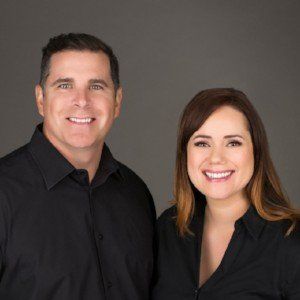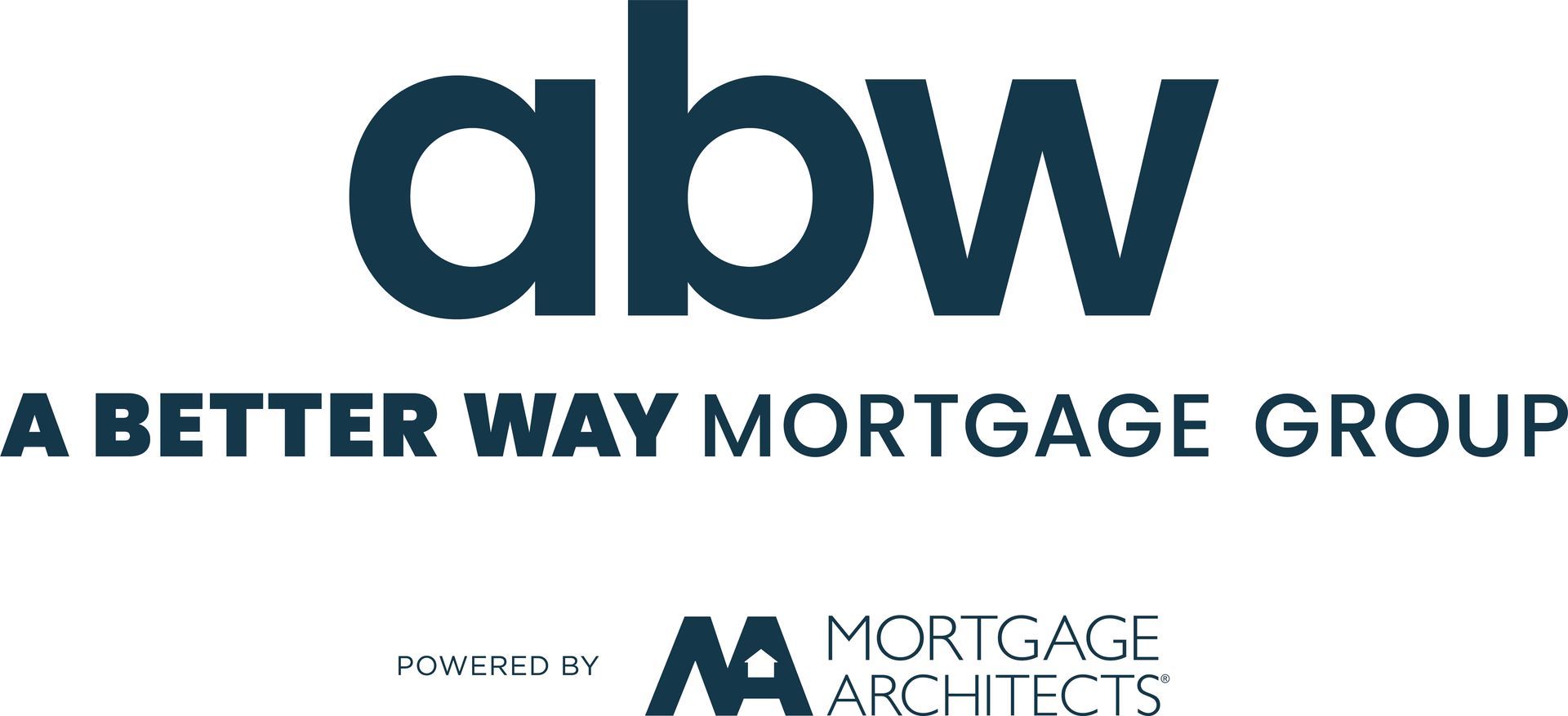Deferring Mortgage Payments. (Covid-19)
Jen & Cory • March 23, 2020

In response to the Covid-19 crisis; for those individuals financially affected, banks and the government have announced that payment relief may be available for up to 6 months of deferred mortgage payments.
As information is changing daily, or hourly, if you have any questions, please contact us directly to discuss your financial situation. The following information is a general guideline, each lender deals with things a little differently. So, here’s what you need to know.
Do you qualify for deferred payments?
Just because lenders are offering deferred mortgage payments, doesn’t mean you will qualify. Lenders are looking at each case individually and will only offer deferral upon their sole discretion. If you haven’t experienced income disruption, you won’t be eligible for payment deferral.
To qualify, you will have to prove not only that you have been directly financially impacted by Covid-19, but that you have no other means of making your mortgage payments. In other words, you have to prove genuine financial hardship.
Before making an application to your lender for deferred payments, you should consider applying for EI and continue making your payments as scheduled. Good advice is only to contact your lender if you have an immediate need and you would otherwise default on your payments.
Deferred doesn’t mean free
To be clear, deferred does not mean free. If you defer your payments for up to 6 months, you will still be responsible for paying that money to the lender. In fact, at most lenders, deferred payments could be added on to the principal mortgage amount and could incur additional interest.
Once your payments are resumed, they might increase your regular payment to maintain your existing amortization schedule.
Applying to defer your mortgage payments
If you are in a place where your only option is to defer payments, so you don’t get behind or default on your mortgage, you should contact your lender directly. Should you call and not get through, consider sending an email. Here is a template for you to follow. Edit as required.
Subject: “your name” & “mortgage #”
My name is “your name”. I would like to inquire about mortgage payment relief. My income has been disrupted by the Covid-19 virus, and I have limited means to make upcoming mortgage payments.
My address is “insert address”, and my contact information is “provide the best way to contact you”.
Please advise of the next steps.
“your name.”
Will deferring mortgage payments impact your credit score?
The simple answer is, no. A lender approved deferral is not like missing a mortgage payment. However, if you don’t communicate with your lender and just skip a payment, it could negatively impact your credit score.
Now, the truth is, payment deferral shouldn't impact your credit score, BUT, in these unprecedented times, and with the overwhelming number of deferral applications and banks having never handled anything like this before, it wouldn’t be a big stretch to imagine that mistakes could be made. Misinformation could get misreported to the credit bureaus.
Other mortgage options
Payment deferral isn’t the only option you have at this time. You may qualify for any of the following:
A mortgage refinance
Restoration of your original amortization (to lower your payment)
Hold a payment (during a temporary suspension of income)
Negotiated reduction of payments
If you are in a place where the Covid-19 has financially impacted you, and you need someone to discuss all your options - including deferring payments, please contact us anytime.
Let's discuss your financial situation and work together on a plan to get you through this!
Recent Posts

Bank of Canada maintains policy rate at 2.1/4%. FOR IMMEDIATE RELEASE Media Relations Ottawa, Ontario December 10, 2025 The Bank of Canada today held its target for the overnight rate at 2.25%, with the Bank Rate at 2.5% and the deposit rate at 2.20%. Major economies around the world continue to show resilience to US trade protectionism, but uncertainty is still high. In the United States, economic growth is being supported by strong consumption and a surge in AI investment. The US government shutdown caused volatility in quarterly growth and delayed the release of some key economic data. Tariffs are causing some upward pressure on US inflation. In the euro area, economic growth has been stronger than expected, with the services sector showing particular resilience. In China, soft domestic demand, including more weakness in the housing market, is weighing on growth. Global financial conditions, oil prices, and the Canadian dollar are all roughly unchanged since the Bank’s October Monetary Policy Report (MPR). Canada’s economy grew by a surprisingly strong 2.6% in the third quarter, even as final domestic demand was flat. The increase in GDP largely reflected volatility in trade. The Bank expects final domestic demand will grow in the fourth quarter, but with an anticipated decline in net exports, GDP will likely be weak. Growth is forecast to pick up in 2026, although uncertainty remains high and large swings in trade may continue to cause quarterly volatility. Canada’s labour market is showing some signs of improvement. Employment has shown solid gains in the past three months and the unemployment rate declined to 6.5% in November. Nevertheless, job markets in trade-sensitive sectors remain weak and economy-wide hiring intentions continue to be subdued. CPI inflation slowed to 2.2% in October, as gasoline prices fell and food prices rose more slowly. CPI inflation has been close to the 2% target for more than a year, while measures of core inflation remain in the range of 2½% to 3%. The Bank assesses that underlying inflation is still around 2½%. In the near term, CPI inflation is likely to be higher due to the effects of last year’s GST/HST holiday on the prices of some goods and services. Looking through this choppiness, the Bank expects ongoing economic slack to roughly offset cost pressures associated with the reconfiguration of trade, keeping CPI inflation close to the 2% target. If inflation and economic activity evolve broadly in line with the October projection, Governing Council sees the current policy rate at about the right level to keep inflation close to 2% while helping the economy through this period of structural adjustment. Uncertainty remains elevated. If the outlook changes, we are prepared to respond. The Bank is focused on ensuring that Canadians continue to have confidence in price stability through this period of global upheaval. Information note The next scheduled date for announcing the overnight rate target is January 28, 2026. The Bank’s next MPR will be released at the same time.

Ready to Buy Your First Home? Here’s How to Know for Sure Buying your first home is exciting—but it’s also a major financial decision. So how can you tell if you’re truly ready to take that leap into homeownership? Whether you’re confident or still unsure, these four signs are solid indicators that you’re on the right path: 1. You’ve Got Your Down Payment and Closing Costs in Place To purchase a home in Canada, you’ll need at least 5% of the purchase price as a down payment. In addition, plan for around 1.5% to 2% of the home’s value to cover closing costs like legal fees, insurance, and adjustments. If you’ve managed to save this on your own, that’s a great sign of financial discipline. If you're receiving help from a family member through a gifted down payment , that works too—as long as the paperwork is in order. Either way, having these funds ready shows you’re prepared for the upfront costs of homeownership. 2. Your Credit Profile Tells a Good Story Lenders want to know how you manage debt. Before they approve you for a mortgage, they’ll review your credit history. What they typically like to see: At least two active credit accounts (trade lines) , like a credit card or loan Each with a minimum limit of $2,000 Open and active for at least 2 years Even if your credit isn’t perfect, don’t panic. There may still be options, such as using a co-signer or working on a credit improvement plan with a mortgage expert. 3. Your Income Can Support Homeownership—Comfortably A steady income is essential, but not all income is treated equally. If you’re full-time and past probation , you’re in a strong position. If you’re self-employed, on contract, or rely on variable income like tips or commissions, you’ll generally need a two-year history to qualify. A general rule: housing costs (mortgage, taxes, utilities) should stay under 35% of your gross monthly income . That leaves plenty of room for other living expenses, savings, and—yes—some fun too. 4. You’ve Talked to a Mortgage Professional Let’s be real—there’s a lot of info out there about buying a home. Google searches and TikToks can only take you so far. If you're serious about buying, speaking with a mortgage professional is the most effective next step. Why? Because you'll: Get pre-approved (and know what price range you're working with) Understand your loan options and the qualification process Build a game plan that suits your timeline and financial goals The Bottom Line: Being “ready” to buy a home isn’t just about how much you want it—it’s about being financially prepared, credit-ready, and backed by expert advice. If you’re thinking about homeownership, let’s chat. I’d love to help you understand your options, crunch the numbers, and build a plan that gets you confidently across the finish line—keys in hand.


